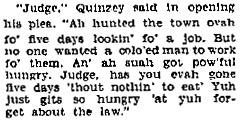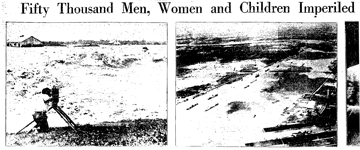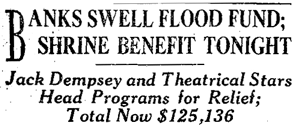June 10, 1927
Santa Monica

—The Lord to Job, on his buddy the Leviathan
Harry G. Cole, special police officer and deputy sheriff of Santa Monica, was walking along that part of the map generally marked by wind gods and sea-serpents, you know, Santa Monica, when he chanced upon a great and insolent rahab, if not the very World Serpent, Mr. Kooky Quinotaur, yep, that Time-to-Come feast-tent leviathan of a Leviathan himself. (Oh, for the life of the Leviathan, roaming the watery abyss, romping with daughters of Canaan, siring Merovingian kings, cavorting with Atlanteans and generally making mayhem on the seashores of California!)

Let’s hear Harry tell of it:
“As I was coming by the Sea Breeze Club the watchman was out spraying the dust down. I stopped long enough to pass the time of day and started south to finish my night work. When about one-eighth of a mile south of the clubhouse I notice something out about where the swells break, and at first thought it some kind of wreckage, but soon discovered it was a live thing. At first I thought it was a mammoth shark with a fin about three feet sticking out of the water and the top of its tail about twenty feet back, also sticking out. But soon a head about the size and shape of a seal’s appeared about ten feet ahead of this fin and then its neck.
“’Well, Mr. Cole,’ I says, “you and your dog are surely seeing things.’ Mike, my dog, had discovered it too by this time. I left my car and ran back—yelled to the watchman, ‘Come here quick! What is that out there?’ It was going north as fast as I could run. Then up came the head about three feet out of water…as near as we could guess it showed from thirty to forty feet, and whet it turned seaward we could see there were two of those big fins, or sails, about two feet apart and exactly abreast of each other.
“Last year several of the men working on the Gables Club said they saw an immense sea monster just off shore—four or five saw it. But I thought they were seeing things and let it pass my mind. But now I know that such things do happen in that old pond.”

The press wryly noted that perhaps the seabeast was screen bogeyman Lon “Man of a Thousand Faces” Chaney. This is unlikely, as Chaney was busy over at Metro where in fact, on this day of 10 June, it was announced by Thalberg that Chaney would pair with Tod Browning (yet again) in The Hypnotic, whose plot would hinge on science’s strange new discoveries in the realm of mesmerism and mental waves; this picture would go on to become famous “lost” film London After Midnight.
In any event, Chaney does not appear in the greater list of cryptids. As to whatever type of yet to be catalogued by the piscatorial expert seabeast Cole saw, he said "If I didn’t have a witness to this I never would have never enough to tell what I saw. I have been night patrolling in that territory for six years and maybe it is time I was getting goofy.”

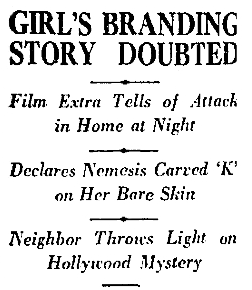 Readers may remember
Readers may remember 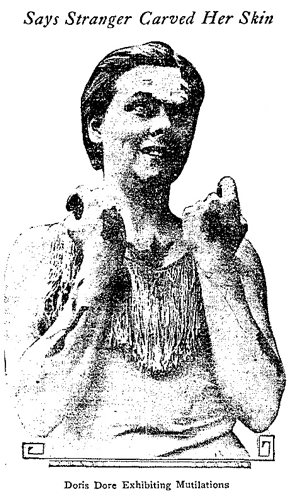
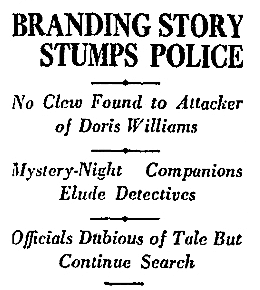 Which she did, her monkey-man close at heel, and after the show ended, knocked around and did whatever it is young ladies do in Hollywood. Captain of Detectives Slaughter has been busy trying to piece the events of the evening of June 8/early morning of June 9 together: Doris had been out with two married men (now sought for questioning), drinking it up at a local Italian place—she admitted to “feeling pretty good” when she returned but denied that these gents came back to her apartment with her—although other residents had complained to building manager Mrs. A. C. Black that they were disturbed by the loud noise and laughter emanating from within. Doris’ neighbor describes that later, she heard Doris telephone in a local Western Union call: “Come on over in a hurry. Door unlocked.” Said neighbor then recounts assorted door slammings, water runnings, medicine cabinet openings, and: “I heard her put down the folding bed. I next heard her walk out of her apartment and go down the stairs and open the front door. A few minutes later I heard her running very fast back to her apartment. Within a short time I heard a man talking with her. His voice sounded to me like he was angry with her. They remained there for a while and finally went out together. I went back to sleep.”
Which she did, her monkey-man close at heel, and after the show ended, knocked around and did whatever it is young ladies do in Hollywood. Captain of Detectives Slaughter has been busy trying to piece the events of the evening of June 8/early morning of June 9 together: Doris had been out with two married men (now sought for questioning), drinking it up at a local Italian place—she admitted to “feeling pretty good” when she returned but denied that these gents came back to her apartment with her—although other residents had complained to building manager Mrs. A. C. Black that they were disturbed by the loud noise and laughter emanating from within. Doris’ neighbor describes that later, she heard Doris telephone in a local Western Union call: “Come on over in a hurry. Door unlocked.” Said neighbor then recounts assorted door slammings, water runnings, medicine cabinet openings, and: “I heard her put down the folding bed. I next heard her walk out of her apartment and go down the stairs and open the front door. A few minutes later I heard her running very fast back to her apartment. Within a short time I heard a man talking with her. His voice sounded to me like he was angry with her. They remained there for a while and finally went out together. I went back to sleep.”
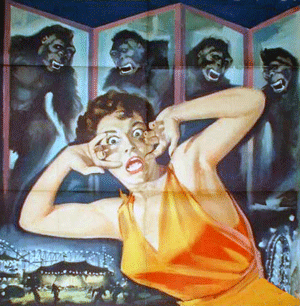
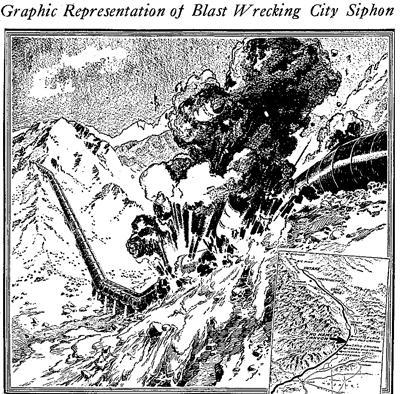

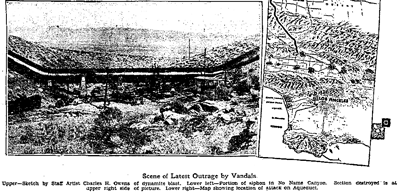
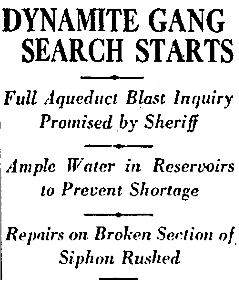
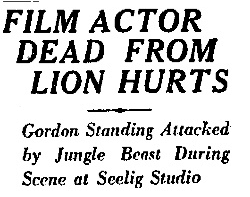
 May 20, 1927
May 20, 1927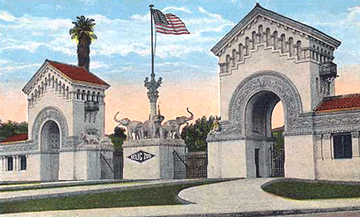
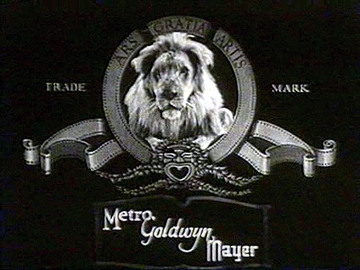
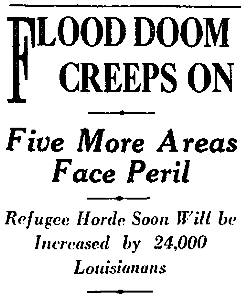

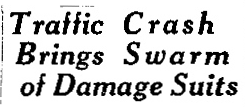
 May 19, 1927
May 19, 1927

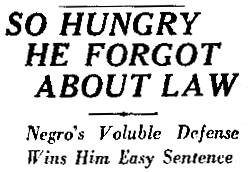
 May 12, 1927
May 12, 1927